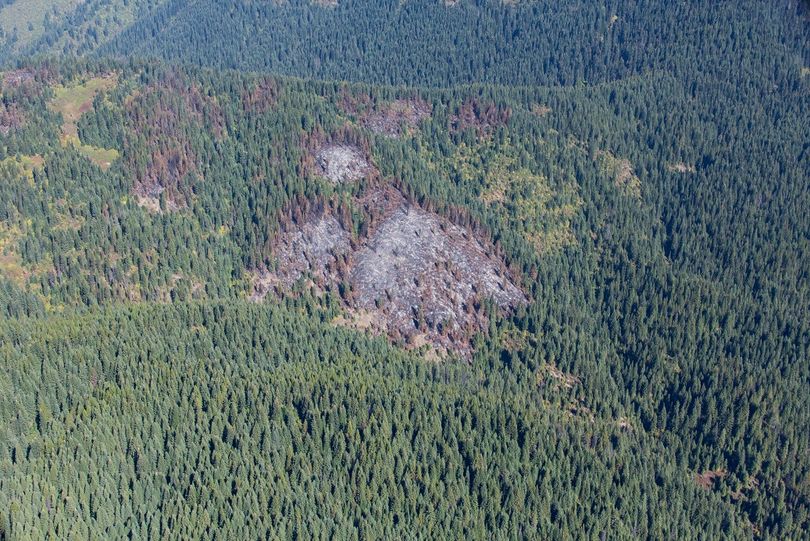Prescribed fires improving wildlife habitat in region’s forests

WILDLIFE HABITAT -- Excuse the smoke that's occasionally filtering up through the forests this time of year.
Prescribe burns are a sign of active forest management on state, federal and private lands to reduce the danger of big forest fires next season. The controlled small fires also naturally thin forests in a mosaic pattern ideal for stimulating grasses and browse to improve wildlife habitat while leaving cover and hiding areas.
Win-Win.
Here's how the Nez Perce-Clearwater National Forest describes the mission recently completed on the North Fork District.
Under set conditions, the district took advantage of a narrow window of opportunity to ignite a prescribed fire treatment in an area that has not seen disturbance since the fires of the early 1900’s.
Much of this area has been affected by forest insect and disease and, with 30 to 60 inches of rain annually, has become overgrown with vegetation. The objectives of the burn were to return fire to the landscape, open up the forest canopy, and promote new growth and structure for elk and other wildlife.
In late August, following a test burn by fire personnel, aerial resources dropped chemical-filled spheres that look like ping-pong balls onto ridgetops in an effort to get the fire to back down slopes in a controlled manner. Fire successfully spread within the unit, backing down slopes, clearing old brush, and paving the way for new growth in the spring to provide an estimated 1,500 acres of summer range habitat for elk and other wildlife. Applying the prescribed fire treatment under set conditions reduced fire intensity and allowed fire managers to control how and where burning occurred on the landscape, something that is not possible with an uncontrolled wildfire.
“We successfully returned fire to the landscape and met objectives for critical elk habitat,” stated Forest Supervisor Cheryl Probert. “Using fire as a management tool benefits wildlife, but also reduces fuels and the potential for large, high intensity wildfires.”
The prescribed fire treatment, applied on a broad scale, created patches of burned and unburned areas, referred to as a mosaic. The entire area will benefit from the fuel reduction, increased vegetative diversity, and improved wildlife habitat created by the managed fire.
